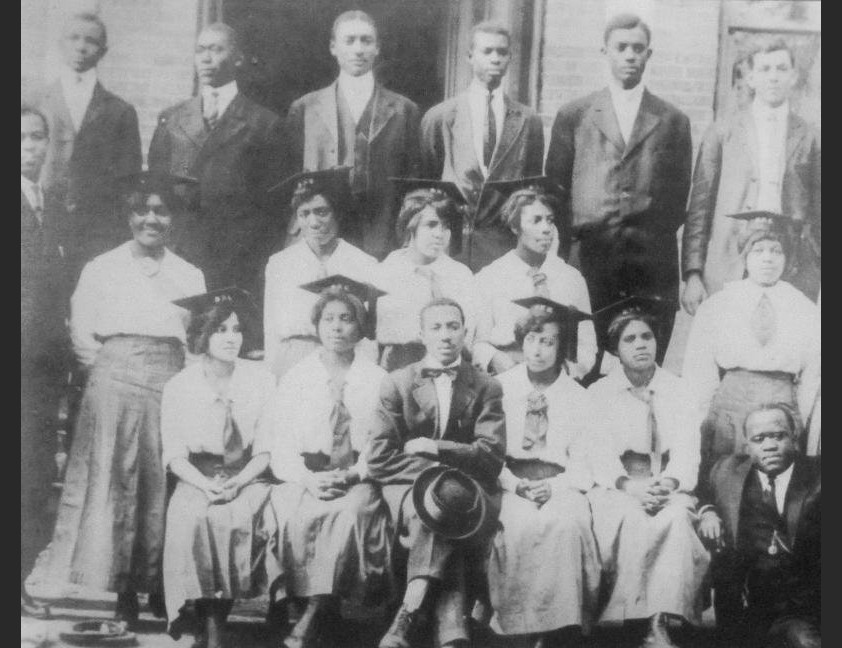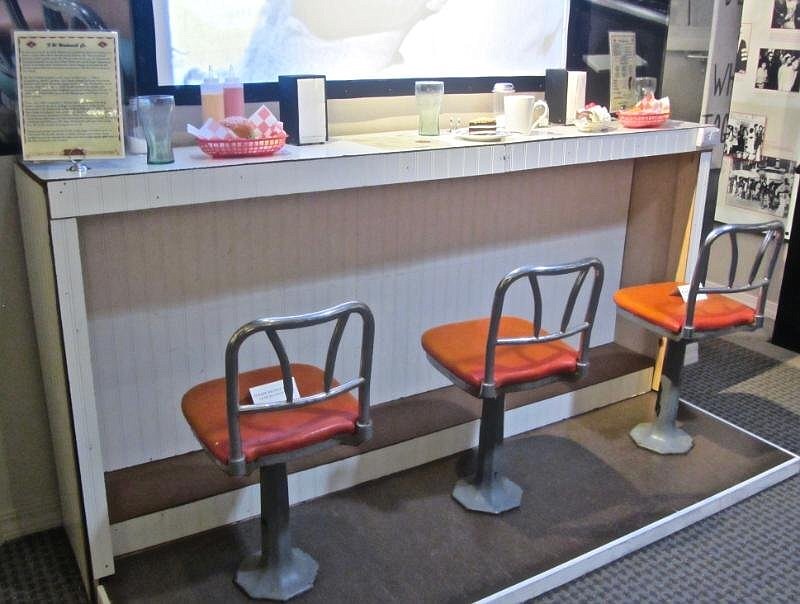PINE BLUFF — During the long decades of racial segregation enforced by law across the South, the main source of higher education for our state's Black citizens was the institution now called the University of Arkansas at Pine Bluff.
Arkansans interested in the past don't need Black History Month, which ends today, as an impetus to find out more about that dismal era and the fairer years since. They can learn a lot any weekday at the University Museum and Cultural Center on the Pine Bluff campus. The free museum provides an inspiring account of Black striving and success in the face of Jim Crow laws — and the less overt prejudice that has followed.
Added to the exhibits in recent years is a scene from the 1960s honoring the young Black protesters and their white allies against segregation in public facilities. It depicts a Woolworth's lunch counter like those targeted for sit-ins in Arkansas and elsewhere by students from what was then Arkansas Agricultural, Mechanical & Normal College (AM&N).
A video playing above the counter shows scenes of violence perpetrated against civil-rights activists here and elsewhere while they strove to desegregate interstate buses traveling through Southern states. The vignettes are not for the timid.
Much earlier student activism is the theme of a 1915 photograph. It shows 18 members of the protesting Branch Normal College student body, who went on strike that year to protest the behavior of W.S. Harris, a white administrator. He had recently given a package containing black silk stockings to a female student, evidently part of a pattern of inappropriate behavior.
An information panel explains: "One of the most significant events in the history of the school up to that time occurred. A student strike ensued for the first time and resulted in the college being closed from March 23, 1915, to September 1915, and the separation of W.S. Harris from the college."
 A 1915 photograph shows students on strike at what was then Branch Normal College. (Special to the Democrat-Gazette/Marcia Schnedler) Many exhibits focus on the achievements of Black Arkansans in the professions and other endeavors since the first predecessor of UAPB was founded near the end of the South's brief period of Reconstruction.
A 1915 photograph shows students on strike at what was then Branch Normal College. (Special to the Democrat-Gazette/Marcia Schnedler) Many exhibits focus on the achievements of Black Arkansans in the professions and other endeavors since the first predecessor of UAPB was founded near the end of the South's brief period of Reconstruction.
The Arkansas Legislature established Branch Normal College, which opened in 1875, mainly to educate teachers for segregated Black schools. Its first class had seven students. The name was changed in 1927 to Arkansas Agricultural, Mechanical and Normal College. In 1972, AM&N merged with the University of Arkansas system and took its present status.
The college's first intercollegiate sports teams were organized in 1928 as the Lion became the school mascot. Exhibits on university athletics are a prominent part of the museum's collection. On display is one of the last AM&N marching band uniforms before the school joined the University of Arkansas system.
That merger faced some opposition from the AM&N community, a testimony to the stellar reputation the college had built over a half-century. One of numerous faces in the dazzling mural that covers two walls overlooking the museum's main floor shows Tommie McCall Jr., who led a campus protest against the amalgamation. The worry, mostly unfounded, was that the college would lose its Black identity.
One area of the museum is titled "Keepers of the Spirit." That reflects what is described as "a direct linkage between the saga of this institution and the historical, educational and cultural experiences of the people of this region of the state."
University Museum and Cultural Center
- 1200 N. University Drive on the University of Arkansas at Pine Bluff campus
- Open 8 a.m.-5 p.m. Monday-Friday.
- Admission is free.
- Visit uapb.edu/museum or call (870) 575-8234.
